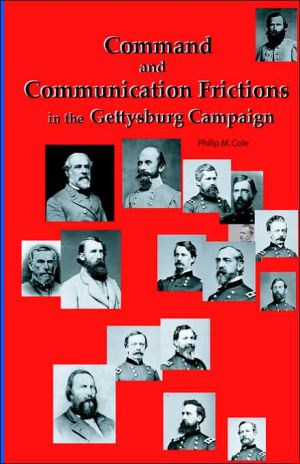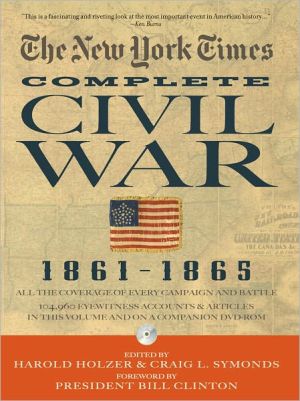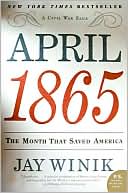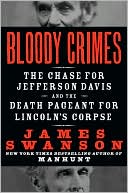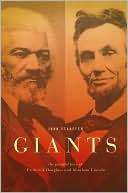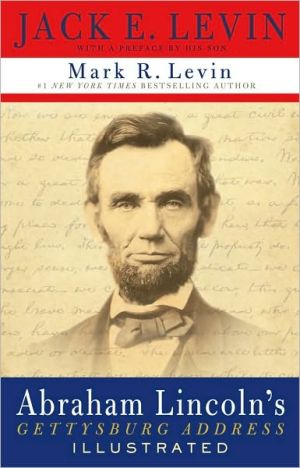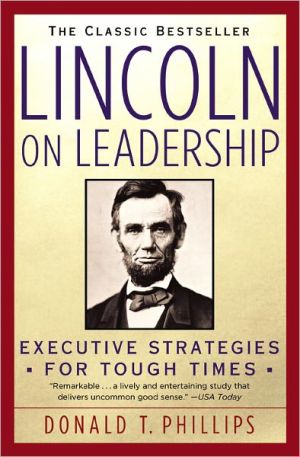Command And Communication Frictions In The Gettysburg Campaign
Frictions are the mechanisms which complicated warfare. They are the constant streams of obstacles thrown in the way of planning and the governor of progress. Armies encountered any number of unpredictable obstacles in any number of situations. Each friction requires a different solution. Each challenge is a diversion from the planned objective. Each unplanned task saps an army's resources needed elsewhere. Frictions steered the armies into making major decisions and altering or reversing...
Search in google:
Frictions are the mechanisms which complicated warfare. They are the constant streams of obstacles thrown in the way of planning and the governor of progress. Armies encountered any number of unpredictable obstacles in any number of situations. Each friction requires a different solution. Each challenge is a diversion from the planned objective. Each unplanned task saps an army's resources needed elsewhere. Frictions steered the armies into making major decisions and altering or reversing plans. They drew commanders' attention to less important details in operations at the expense of maintaining balance over the big picture. This work focuses on the frictions of two important functions - command and communication. Command frictions in the Army of the Potomac, for example, caused a great deal of confusion in recognizing who was in charge at any one time or place. Communication frictions altered Lee's original plan to move towards Harrisburg, Pennsylvania and diverted the Army of Northern Virginia to Gettysburg; they caused forward elements of the Confederate army to provoke a general engagement against Lee's instructions; they misdirected thousands of troops away from the battle and caused unnecessary casualties. "Command and Communication Frictions in the Gettysburg Campaign" illustrates the effect these two functions had in determining the outcome of the campaign. This work uses a variety of incidents, some familiar, to illustrate their serious impact on the battle - at least as much as troops in combat affected the result. The examples presented deal mainly with the high commands of the armies, especially the Army of the Potomac. The high command level was where the mostimportant decisions were made to influence the progress of the army and the destiny its troops. Even though this study concentrates on frictions in the Gettysburg campaign, the revelations from this one operation, nevertheless, can be applied to any battle of any war.
